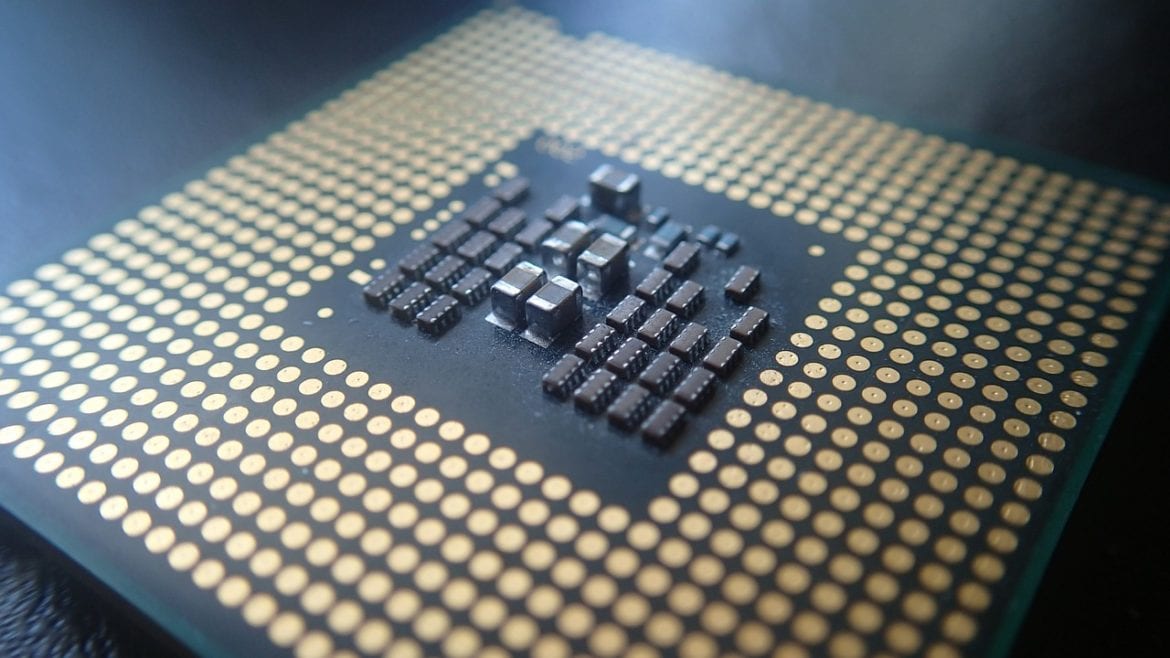Table of Contents
The use of Intel Turbo Boost has sparked in the last couple of years. If you’re one of those people who love processing upgrades, then you’d surely love Intel’s Turbo Boost technology. In today’s article, we shall be giving you guys a brief guide on how you can enable Intel Turbo Boost on your Windows 10 PC. Before we jump to our step-by-step procedure, let us first give the newbies out there a background check of Intel Turbo Boost.
What is Intel Turbo Boost?
Intel’s Turbo Boost technology aims to give you a faster and better computing experience by providing extensive support to your PC’s processor. Usually, your processor runs at its default marked frequency. However, with the application of Intel Turbo Boost, your processor’s core would run at a relatively improved frequency. This results in faster computing and much better graphics, but to a limited extent.
Sounds all good, right? Well, this improved processing comes at a cost. Intel’s Turbo Boost technology has a requirement. Unless your computer system meets this requirement, expect your CPU to run at its marked frequency. For Intel Turbo to run freely, your system’s processor should be operating in the specified conditions of TDP (Thermal Design Power).
Now overburdening the processor might sound like asking for unnecessary heating problems in the CPU. This is exactly why Intel came up with the specified temperature and power limits to ensure the processing does not cause the system to overheat. Furthermore, Intel has not specified a fixed boost of frequency. Instead, the processor’s frequency rate may vary depending upon usage, environment, hardware, and other relevant factors.
Enabling Intel Turbo Boost
Fortunately, Intel Turbo Boost comes automatically enabled on all supported processors by default. It can still be disabled/enabled by peaking into the BIOS configuration. There is no other way of disabling/enabling Intel Turbo Boost. Before we start with our procedure, we would recommend our readers keep Intel Turbo Boost enabled at all times.
- Access the BIOS configuration through the System Utilities screen. Now click on “System Configuration”.
- From here, you need to go to “BIOS/Platform Configuration (RBSU)”.
- Click on “Performance Options” then on “Intel Turbo Boost Technology”.
- Here you’ll be given two options to choose from. Either enable or disable Intel Turbo Boost Technology.
- After you’ve made your choice, press the F10 key from your keyboard to save your changes.
Do You Need Intel Turbo Boost?
Intel’s Turbo Boost tech is quite useful since it helps gamers, developers, designers to push their computer system’s processing power to its limits. The best part is that you don’t have to worry about overheating or turning it on and off. With slightly more room for processing, you’ll only find Intel Turbo Boost assisting you in your computing needs. The bottom line is that there are only benefits and no drawbacks.
Conclusion
We all can use some Turbo Boost whenever we’re short of CPU power. Intel takes care of that without having you worry about buying additional supportive hardware. Rest assured, our guide is all you would need to learn how to enable/disable Intel Turbo Boost on your Windows 10 PC.
